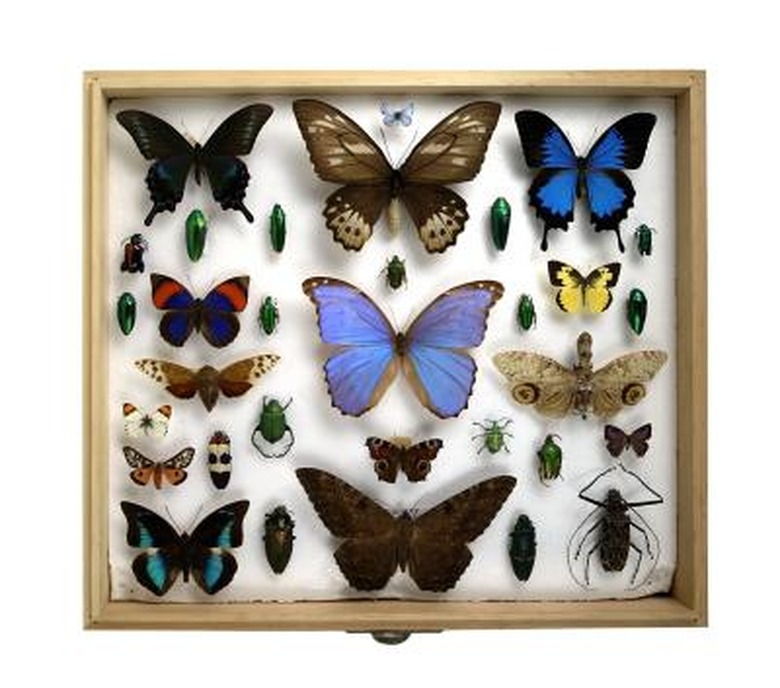Science Projects On The Respiratory System
The human respiratory system is a complex system that is fundamental to life. It interacts with other systems to give us the oxygen we need and remove what we don't need. Students of all ages can research a healthy respiratory system, as well diseases of the system.
Elemetary School Projects
Elemetary School Projects
Students can begin their study of the respiratory system by constructing a working model of the lungs. Students can conduct research on how temperature might affect the capacity of the lungs. For example, can you breathe more or less deeply in a cold environment? Other ideas include the following:
-
Demonstrate the effect of asthma in the lungs using rubber tubing and clamps. Show how tightening the clamps is similar to the constriction of the airways caused by asthma.
-
Demonstrate the hazards of smoking by running clear water and coffee through filters to show how the filter traps the coffee similar to lungs collecting tar and nicotine.
Middle School Projects
Middle School Projects
Middle school students can research a lot of factors on lung capacity. For example, what are the effects of age, gender or body mass index on lung capacity? Do musicians or athletes have a different lung capacity than nonmusicians or nonathletes? What is the lung capacity of a nonsmoker versus a smoker? Other ideas:
-
Research if a person can hold his breath longer in cold or warm water, in water or on land, in cold or warm air.
-
What effects do aerosols and other air pollutants have on asthma suffers?
-
Determine the dangers of secondhand smoke to children and pets living with a smoker.
-
What devices available in stores really help a person who snores?
High School Projects
High School Projects
Students in high school can also do projects on the respiratory system. Here are some ideas:
-
Determine if the amount and type of exercise done in a test subject affects her production of carbon dioxide.
-
Demonstrate the amount of asthma- and allergy-producing dust and mites per square inch in a sample household.
-
What effects do aerosols have on the ozone, and how does that reflect on the human respiratory system?
-
Can people with asthma, who have their asthma under control, function and exercise to full lung capacity as well as people without asthma?
-
What effects do nicotine and tar have on lung cells? Can this damage be reversed? Is the damage the same or less severe if the nicotine is from secondhand smoke?
Cite This Article
MLA
King, Susan. "Science Projects On The Respiratory System" sciencing.com, https://www.sciencing.com/science-projects-respiratory-system-5445060/. 24 April 2017.
APA
King, Susan. (2017, April 24). Science Projects On The Respiratory System. sciencing.com. Retrieved from https://www.sciencing.com/science-projects-respiratory-system-5445060/
Chicago
King, Susan. Science Projects On The Respiratory System last modified August 30, 2022. https://www.sciencing.com/science-projects-respiratory-system-5445060/
